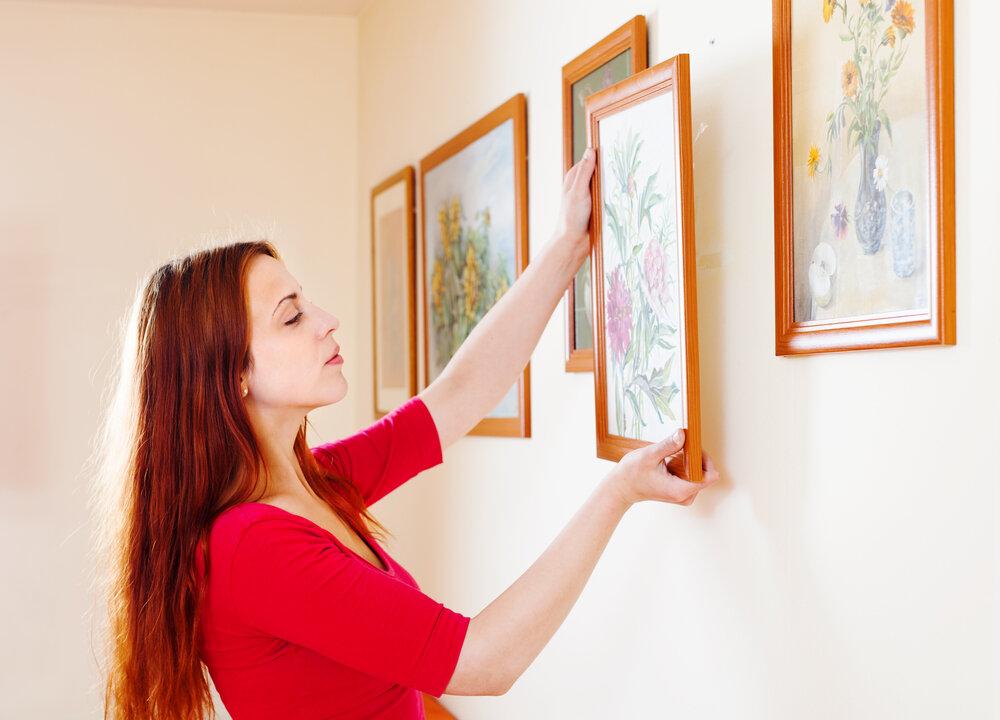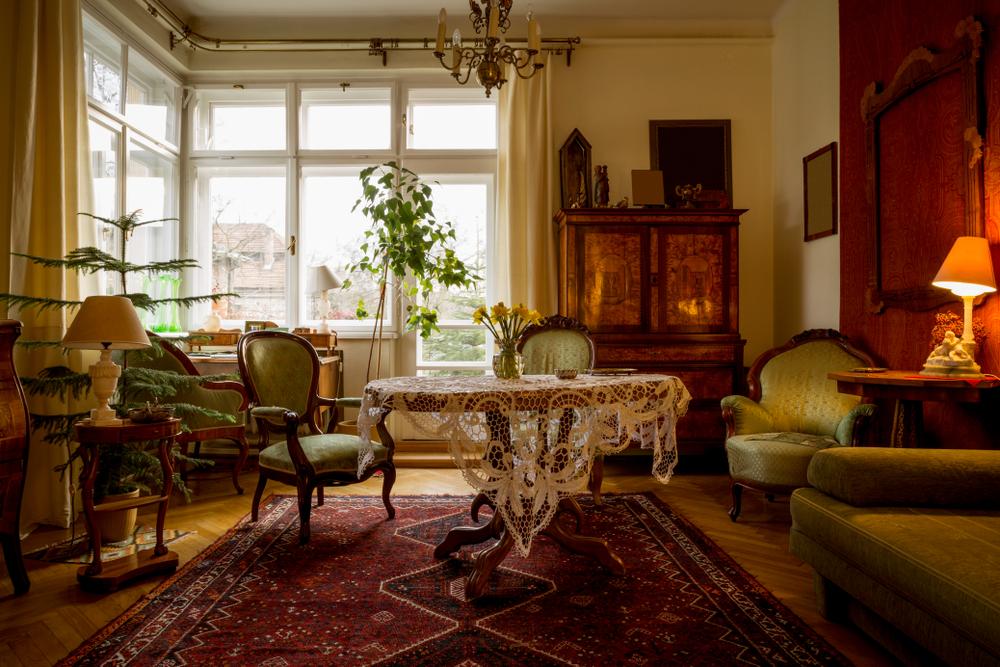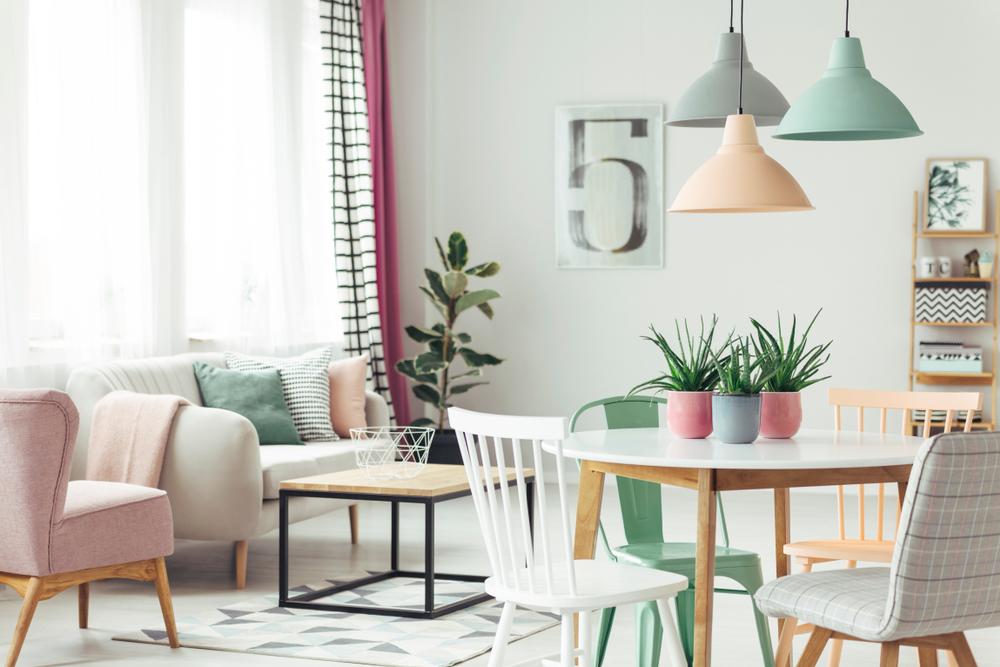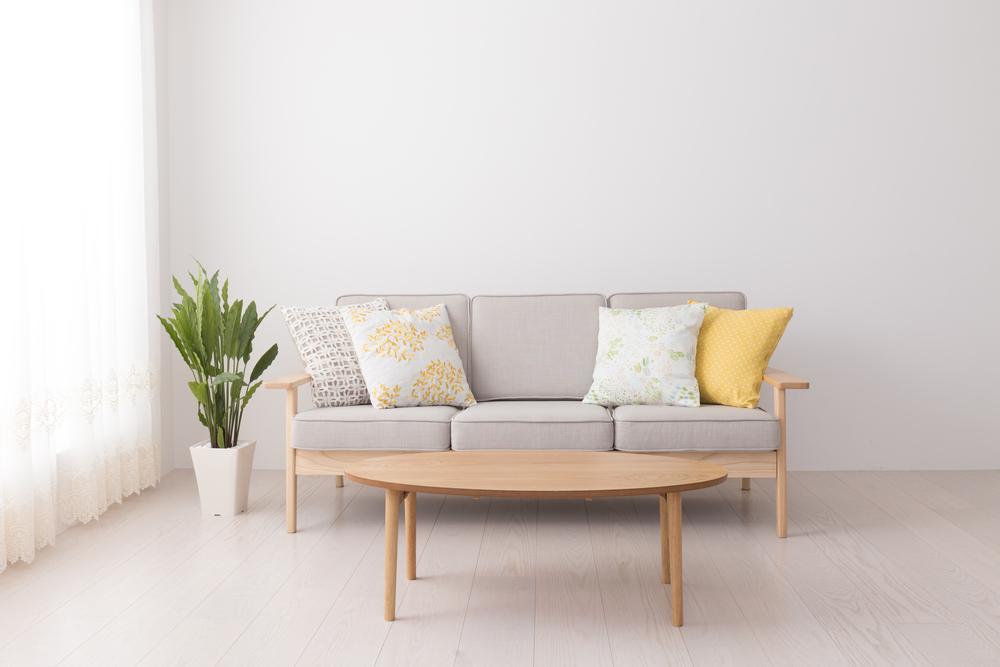Collections are an important component of decorating. They can give even the most bland decor a point of view. Actually, here is something most designers know: Collections show best in what most homeowners would consider a bland interior design. Think about it. Museums and galleries alike look for a neutral space or an all-white space in order to shift the focus to the art, not the particulars of a room.
Back to the art of collecting. Some say that their collection of a particular item or artist is because they LOVE the item or the message or the technique of a work of art. Well, this is partly true. Many collect because they identify with a particular form of expression, color, or information that an artist is trying to communicate. Collectors generally become quite knowledgeable about whatever it is they are collecting. Some try to forge friendships with the artists or craftsmen, or whoever is considered the authority on a work of art, as a means to gain more knowledge about their collection.





